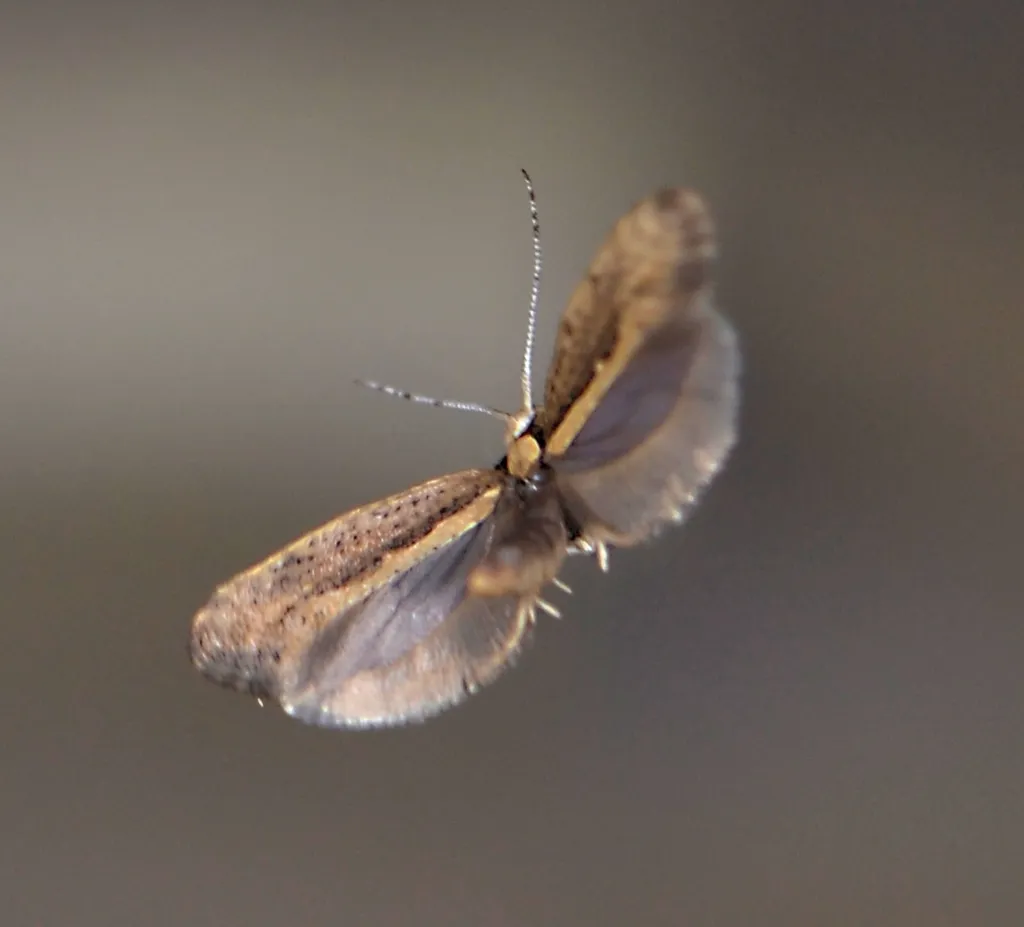In the relentless battle against agricultural pests, the diamondback moth (Plutella xylostella L.) stands out as a formidable foe. This tiny invader, notorious for its appetite for cruciferous crops, has developed resistance to over 100 insecticides, making it a significant threat to global agriculture. Now, a new study published in *Scientific Reports* sheds light on the inheritance patterns and fitness costs associated with resistance to cyantraniliprole, a diamide insecticide with a novel mode of action.
The research, led by Shanmugapriya V. from the Department of Agricultural Entomology at the Kumaraguru Institute of Agriculture, delves into the genetic underpinnings of cyantraniliprole resistance in the diamondback moth. The study reveals that resistance to this insecticide is autosomal, meaning it is not linked to sex chromosomes, and is influenced by maternal effects. This finding is crucial for understanding how resistance traits are passed down through generations.
“Our study indicates that resistance to cyantraniliprole is not only inherited but also comes with significant fitness costs,” explains Shanmugapriya. These costs include reduced egg hatchability, lower larval and pupal weight, and a higher incidence of malformed adults. The net reproductive rate of resistant populations was also found to be significantly lower than that of susceptible populations.
The implications of these findings are profound for the agriculture sector. Cyantraniliprole has been a valuable tool in the fight against the diamondback moth, and understanding the mechanisms of resistance is essential for developing effective management strategies. The study highlights the importance of rotating insecticides with different modes of action to prevent the rapid evolution of resistance.
The research also underscores the need for continuous monitoring and adaptive management practices. As Shanmugapriya notes, “The substantial genetic variability and rapid resistance evolution observed in our study emphasize the importance of proactive resistance management strategies.”
This study provides a critical foundation for future developments in pest management. By understanding the genetic and fitness costs associated with resistance, researchers and farmers can better anticipate and mitigate the risks posed by resistant pest populations. The findings also open new avenues for exploring the genetic basis of resistance and developing targeted strategies to sustain the effectiveness of insecticides.
In the ongoing arms race between farmers and pests, knowledge is power. This research equips the agriculture sector with valuable insights, paving the way for more sustainable and effective pest management practices. As the global population continues to grow, the need for robust agricultural systems becomes ever more pressing. Studies like this one are essential for ensuring food security and protecting the livelihoods of farmers worldwide.

